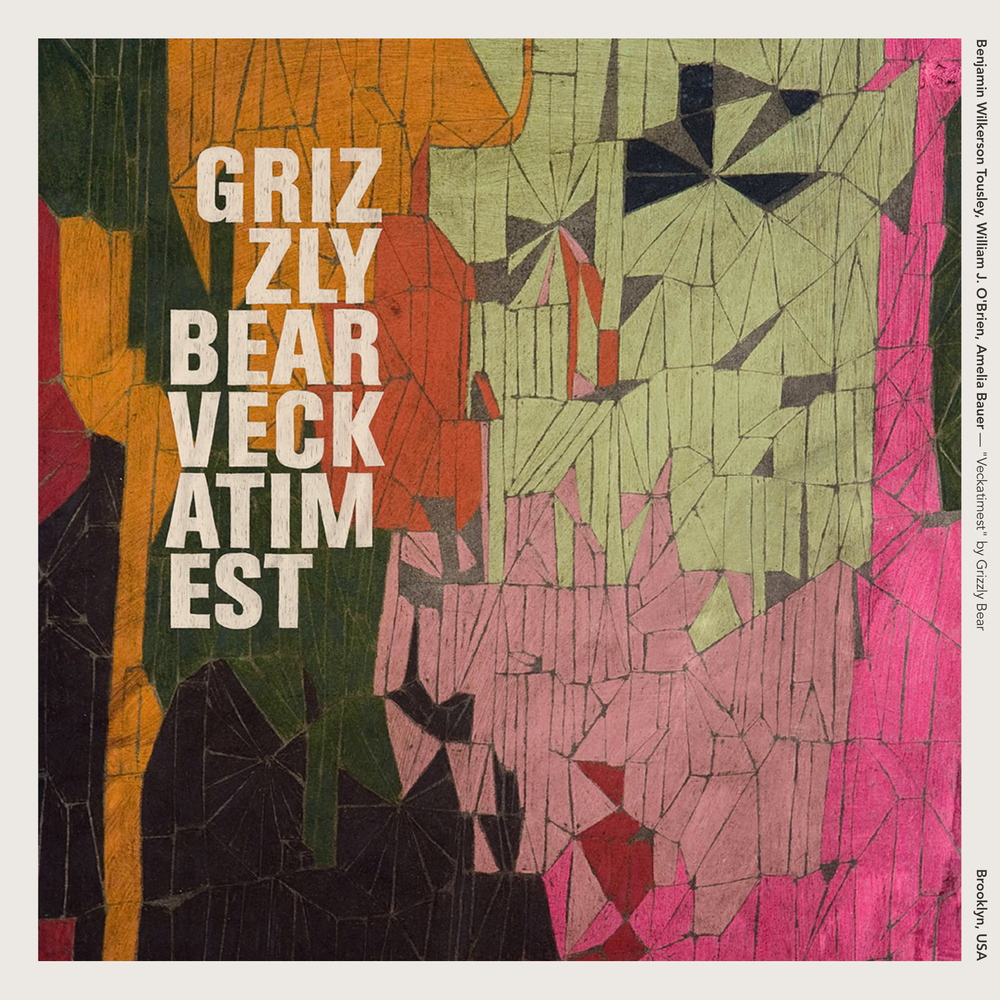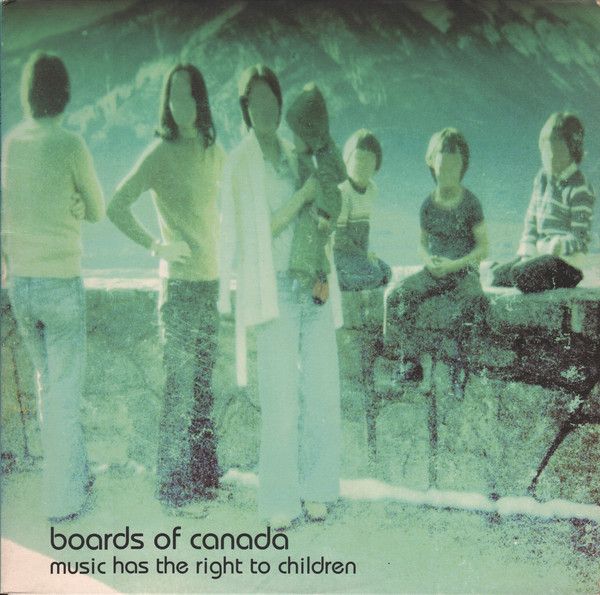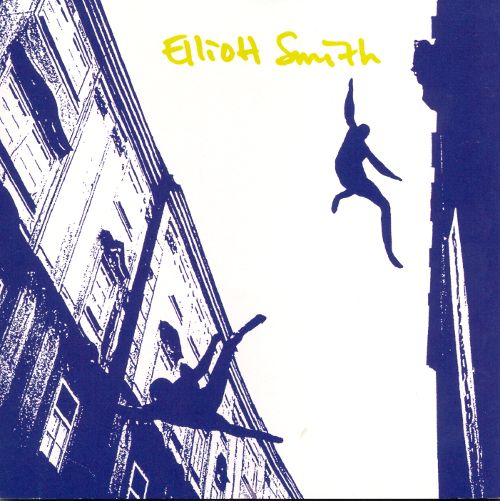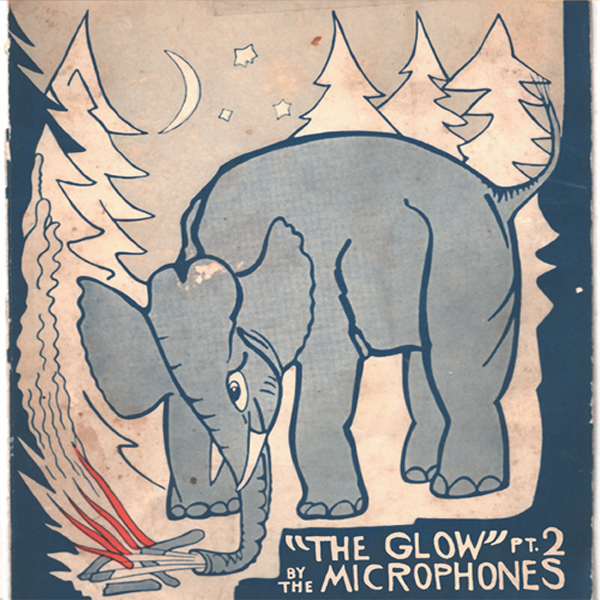The coldest days of the year are upon us
The winter season brings to mind notions of isolation and desolation. Music itself acts as a cathartic medium, capable of supplementing or defining how the weather makes you feel. Frankly, the two go hand in hand. Here are some essential winter albums that spark similar feelings of solitude.
Tortoise – TNT (1998)
Expected to continue the post-rock faction, Tortoise delved into a new fusion of dub and electronics to turn more heads with their masterpiece third album, TNT. Enlisting guitarist Jeff Parker to expand their deft musicianship, as well as their roots to Chicago’s sprawling avant-garde scene, Tortoise returned with an effort brimming with fits of post-modern jazz, dub-informed rock and only slight nods to the German experimental genre Krautrock and electronic textures of their sophomore outing, Millions Now Living Will Never Die.
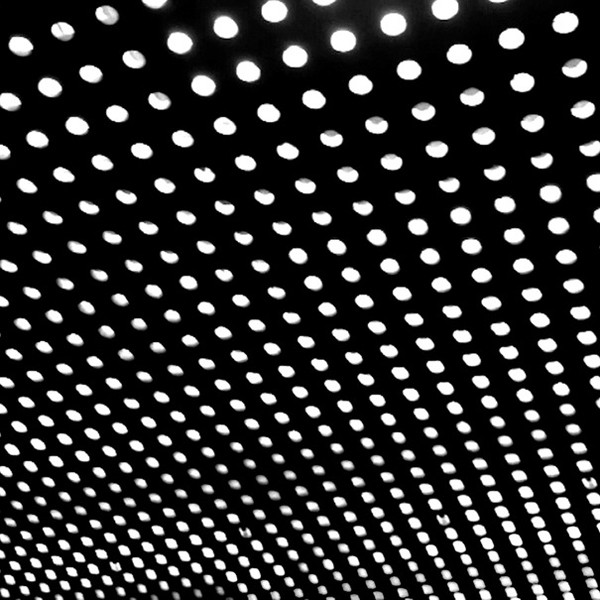
Bloom may be Beach House’s most expansive and cinematic album, but its ice-covered ambience and skeletal sheen don’t warm up much. It’s easy to imagine singer Victoria Legrand contemplating past relationships and general discontent with life while singing in her expressive baritone voice. While the endearing intimacy of the album feels much like the typical Beach House formula, with Legrand passionately crooning over vintage keyboards and drum machines, Bloom’s towering heights are enhanced by the LeGrand’s philosophical ruminations on personal anxieties.
Radiohead – Kid A (2000)
I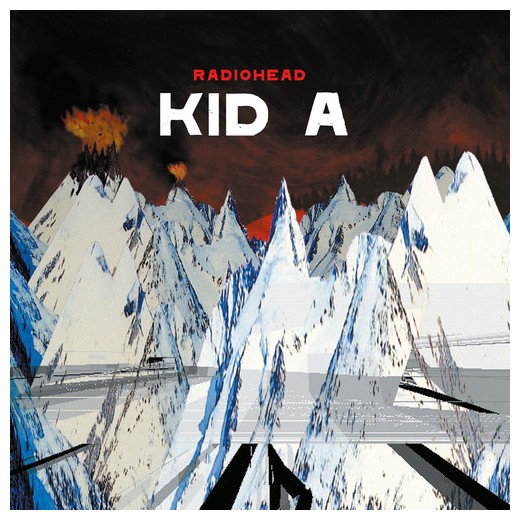
Considering the stagnating state of rock in the last half of the 90s, it was easy to see why fans and critics unanimously put all their hopes on Radiohead’s tendency for experimentation to deliver one of the greatest rock declarations of all time. Kid A pushed the limits of its creative breadth, without pandering to lower expectations of radio-friendly rock.
Radiohead’s blueprint for Kid A arrived when the band embraced the possibilities of electronica, cool jazz and Krautrock. Rather than simply acting as a pastiche, Kid A adds collage techniques and palpitating beats to a boundlessly expressive opus.
Boards Of Canada – Music Has the Right to Children (1998)
Boards Of Canada’s design for chilled-out dance music is complete with electro-synth, hip-hop inspired beats and DJ scratches. Though it isn’t the most innovative, Music Has the Right to Children pushes forth the same blueprint as hip-hop producer DJ Shadow. The duo are some of the few European artists who can parallel their American counterparts, while innovating the template from the inside out.
Elliott Smith – Elliott Smith (1995)
Elliott Smith’s self-titled second album was his first effort under the Kill Rock Stars label and also his first major label debut. The album’s sound is skeletal in its approach. Smith’s gentle fingerpicking on an acoustic guitar is supplemented by nothing more than the occasional drum pattern and softly articulated vocal harmonies. Smith’s melodies and lyrics operate as the album’s focal point, with a greater priority aimed at substance-fueled lyrics about angst and disillusionment with life. The songs require repeated listens—not just because of Smith’s esoteric, sensitive delivery, but also because of his achingly sad melodies and angular chord arrangements.
The Microphones – The Glow, Pt. 2 (2001)
The Microphones’s psych-pop horizons reached an undeniable climax in the larger-than-life epic The Glow, Pt. 2. The album marked a significant departure from the willowy, lo-fi folk of the band’s earlier recordings into a noisy blend of penetrative distortion and gorgeously restrained vocals. The album explores a plethora of singular styles and all-inclusive moods over the course of 20 staggering songs that transition into one another as seamlessly as the strands of a spider’s web. The album’s kaleidoscope of sounds span across decades of folk music, from pastoral, playful guitar arpeggios ballads to some of the most invigorating flourishes of white noise ever put on tape.
Grizzly Bear – Veckatimest (2009)
